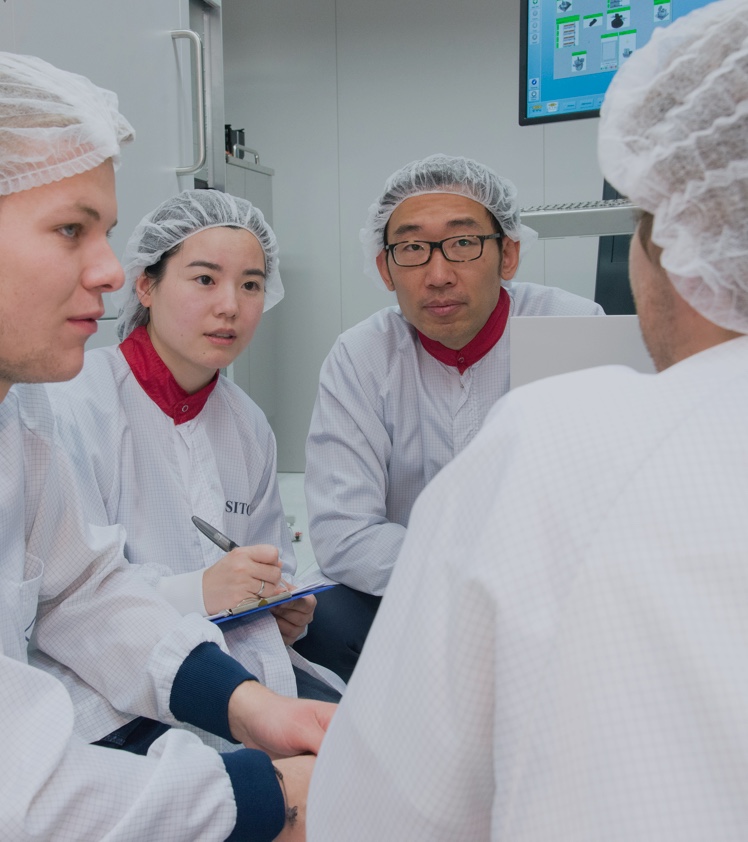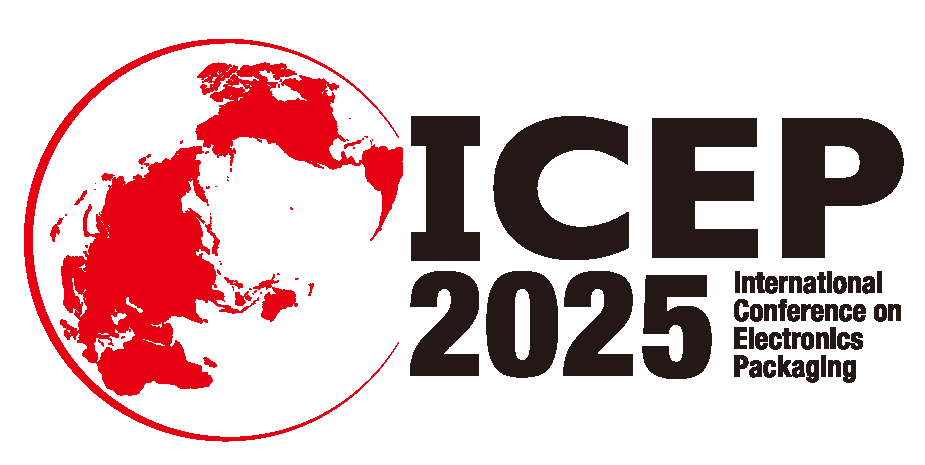- Products
-
Technologies
- IR LayerRelease™ Technology
- MLE™ - Maskless Exposure Technology
- Nanoimprint Lithography (NIL) - SmartNIL®
- Wafer Level Optics
- Optical Lithography
- Resist Processing Technology
- Temporary Bonding and Debonding
- Eutectic Bonding
- Transient Liquid Phase (TLP) Bonding
- Anodic Bonding
- Metal Diffusion Bonding
- Hybrid and Fusion Bonding
- Die-to-Wafer Fusion and Hybrid Bonding
- ComBond® Technology
- Metrology
- Company
- Careers
Anodic Bonding
Anodic bonding for interlayer free Si-glass bonding
Introduction
Anodic bonding is a technique to produce hermetic sealing between silicon/metals and glass insulators without using an intermediate layer. Borosilicate glass with high alkali ion concentration is a major requirement for this process. Different from other bonding techniques, anodic bonding involves heating and applying an electric field to the substrate materials.
Anodic bonding is also called field assisted bonding or electrostatic sealing. A clean wafer surface and atomic contact between the substrates is required for anodic bonding. Bonding takes place when the wafers are placed between the chuck and the temperature is increased to just below the glass transition temperature of glass, followed by applying electric potential of several hundred volts. After reaching a certain temperature, the oxides dissociate and alkali ions are driven into the glass by an electric field resulting in an oxygen-rich layer at the interface of the wafers. Oxygen ions are driven into the silicon surface by the electric field resulting in the formation of silicon dioxide. With specific applied pressure and voltage, the total bond process time is between 5 to 20 minutes.
Features
- Hermetic sealing
- Stable bonding
- Bonding below 4500C
- Low restrictions for Si surface
- High bond yield

Talk to our EVG technology experts!
Questions?
Events

ICEP 2025
Listen to our talks "Wafer Bonding Advances & 3D Applications" held by our Representative Director Hiroshi Yamamoto on 9:30 Wednesday, April 16 / Room B and "Hybrid Bonding for Heterogenous Integration" held by our Process Technology Manager Europe Gerald Mittendorfer on 12:40 Friday, April 18 / Room A.

JFS Conference and Compoundsemiconductor Industry Expo 2025
Visit our booth #A308

MicroNanoFabrication Annual Review Meeting 2025
Visit our booth at the MicroNanoFabrication Annual Review Meeting 2025!
- IR LayerRelease™ Technology
- MLE™ - Maskless Exposure Technology
- Nanoimprint Lithography (NIL) - SmartNIL®
- Wafer Level Optics
- Optical Lithography
- Resist Processing Technology
- Temporary Bonding and Debonding
- Eutectic Bonding
- Transient Liquid Phase (TLP) Bonding
- Anodic Bonding
- Metal Diffusion Bonding
- Hybrid and Fusion Bonding
- Die-to-Wafer Fusion and Hybrid Bonding
- ComBond® Technology
- Metrology
Questions about our technologies?
Contact the EVG experts